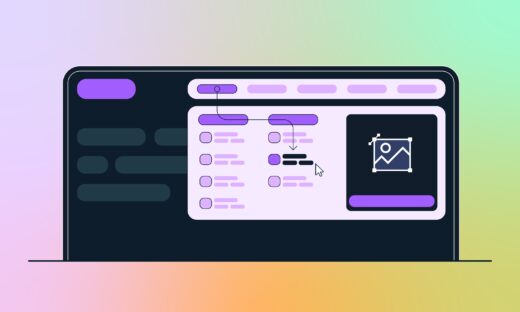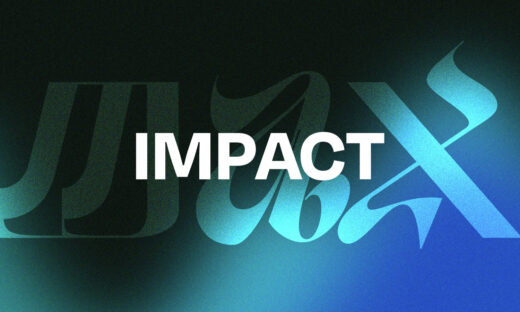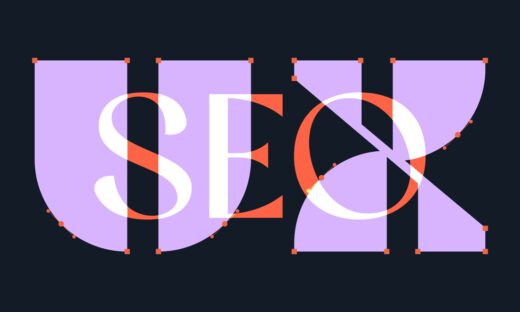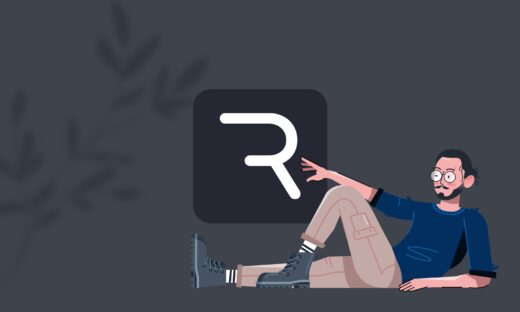Expert insights from our team.
The return of handcrafted brand illustration
3 min read

The hidden UX issues costing you customers.
2 min read

Micro-Moments, Max Impact
3 min read

How to please humans and search engines with SXO
3 min read

How SEO has made me a better UX designer
5 min read

Bringing illustrations to life with Rive
5 min read

The best spline website examples
4 min read

What’s the future of animation in web design
4 min read
